| Title | Hopewell Culture |
| Park Code | hocu |
| Description | Nearly 2000 years ago, Native Americans built dozens of monumental mounds and earthen enclosures in southern Ohio. These earthwork complexes were ceremonial landscapes used for feasts, funerals, rituals, and rites of passage associated with a Nat... |
| Location | |
| Contact | |
| Activities |
|
| Entrance fees |
|
| Campgrounds | Count: 0
|
| Places | Count: 22
Adena Mansion and GardensHome to the sixth governor of Ohio, Thomas Worthington, the site is open on a seasonal basis to visitors. The Ohio History Connection provides tours of the house and the grounds which include a beautifully landscaped garden. 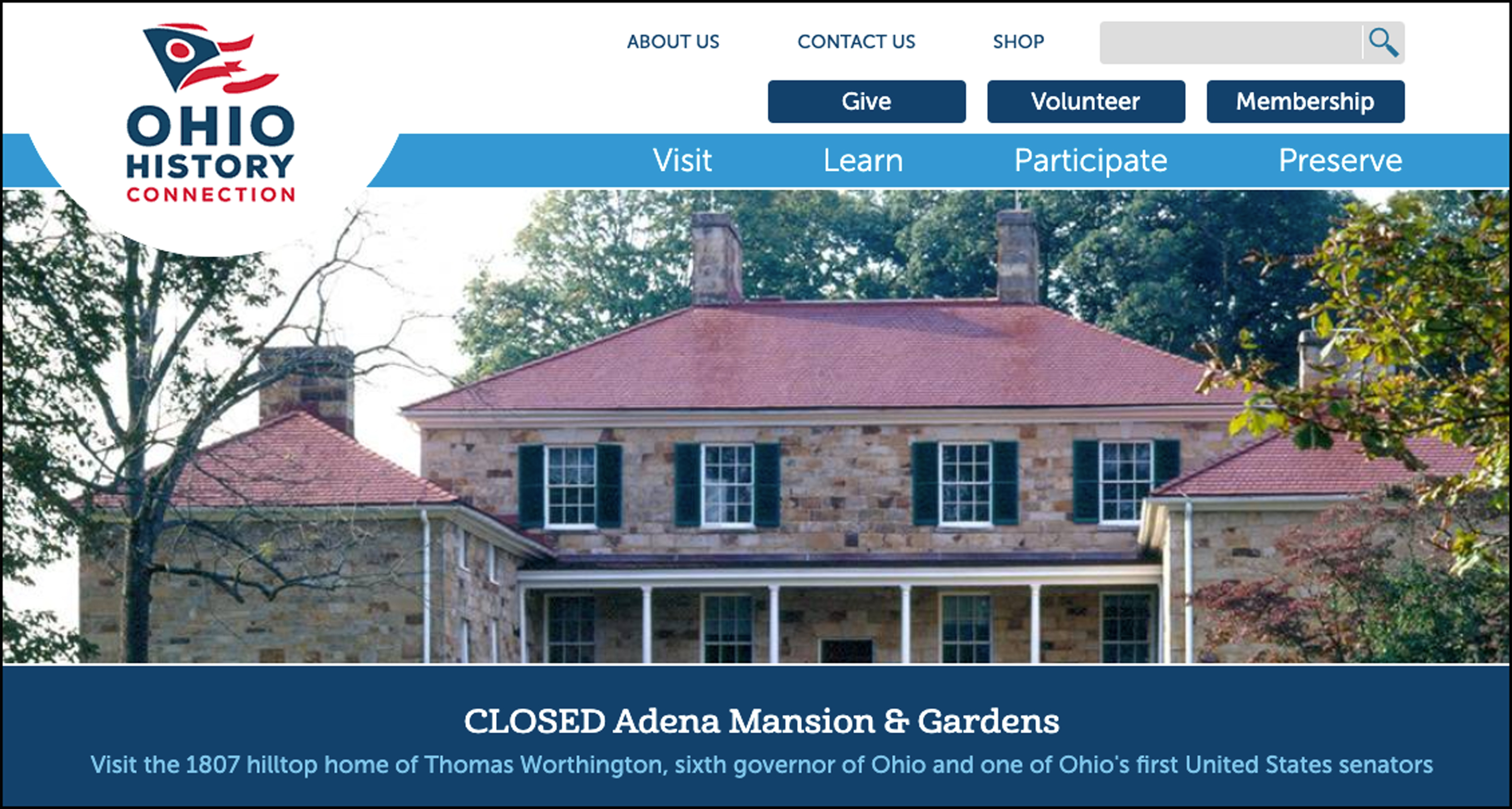
Earthwork Wall Excavation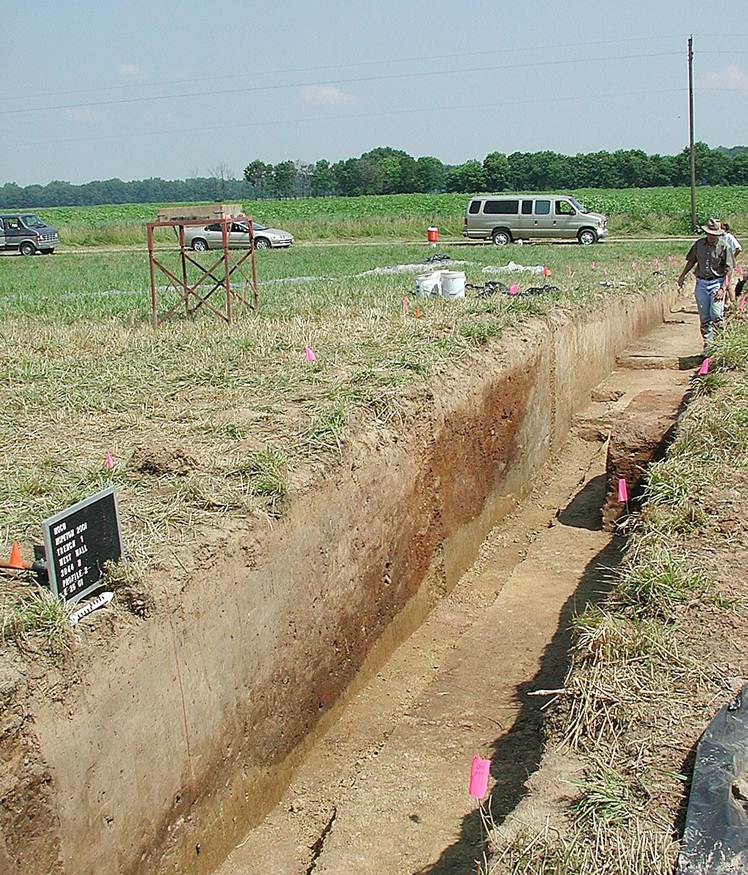
Eastern Woodland Habitat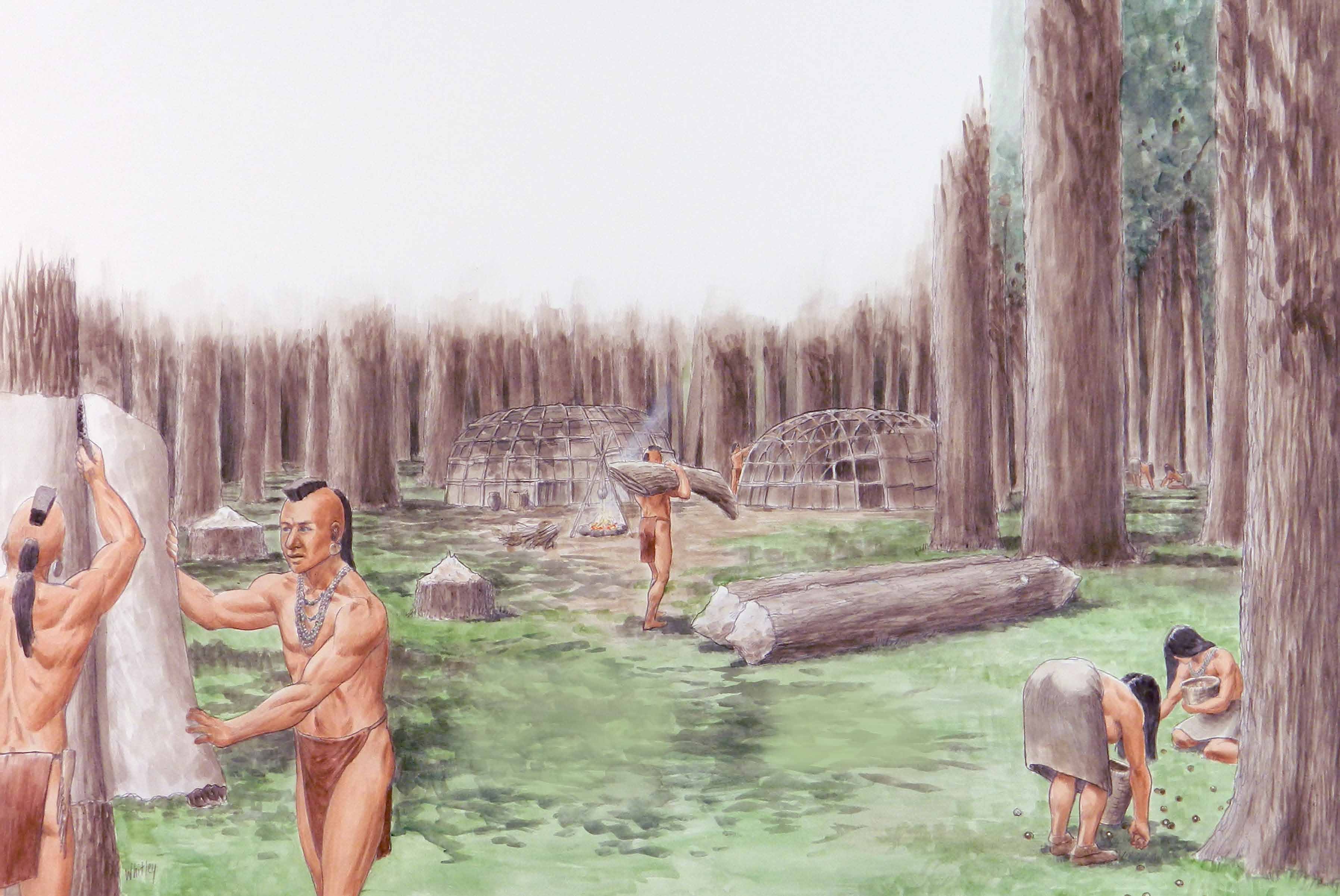
Excavated Building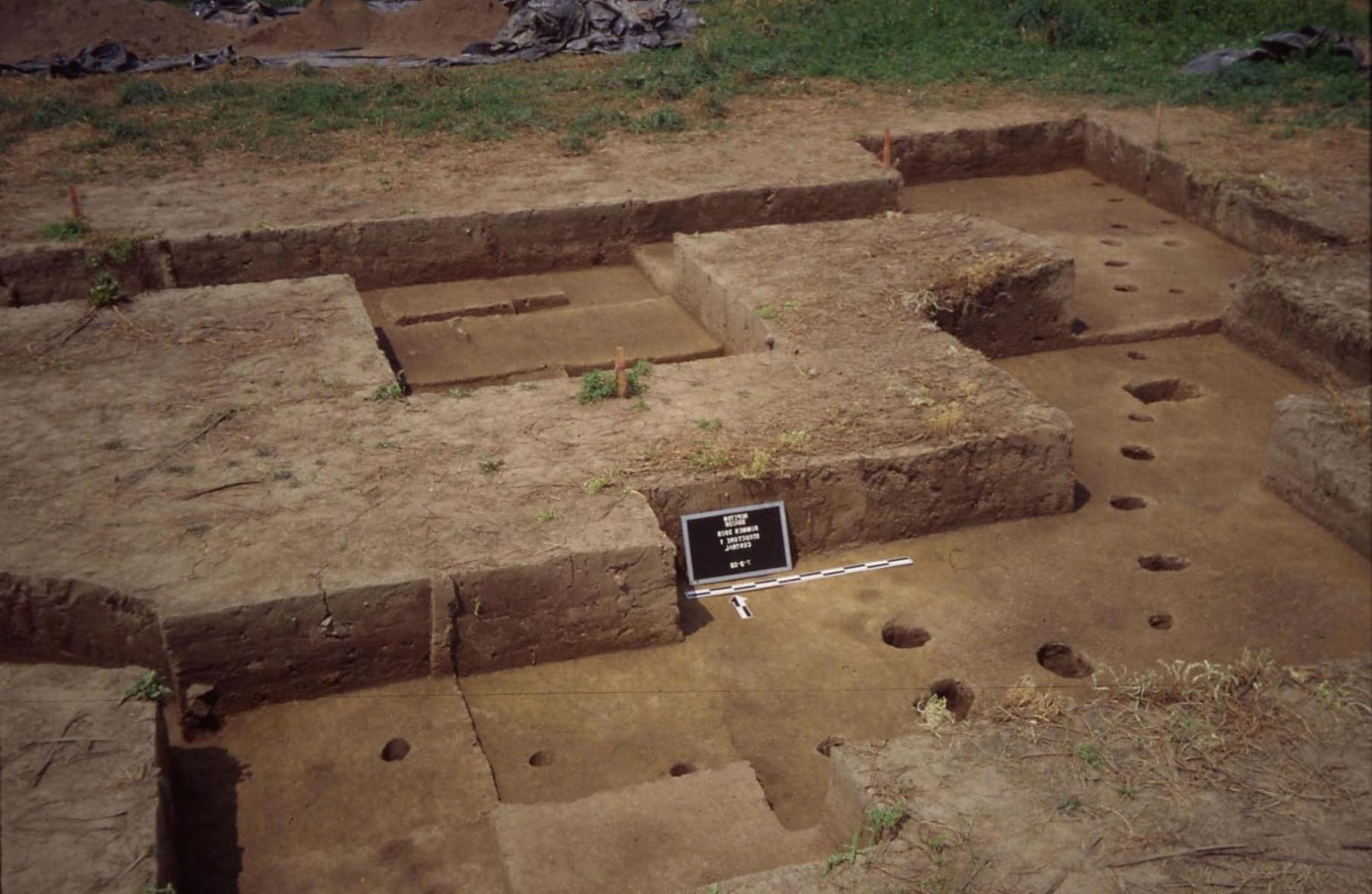
GeometryGiant Woodhenge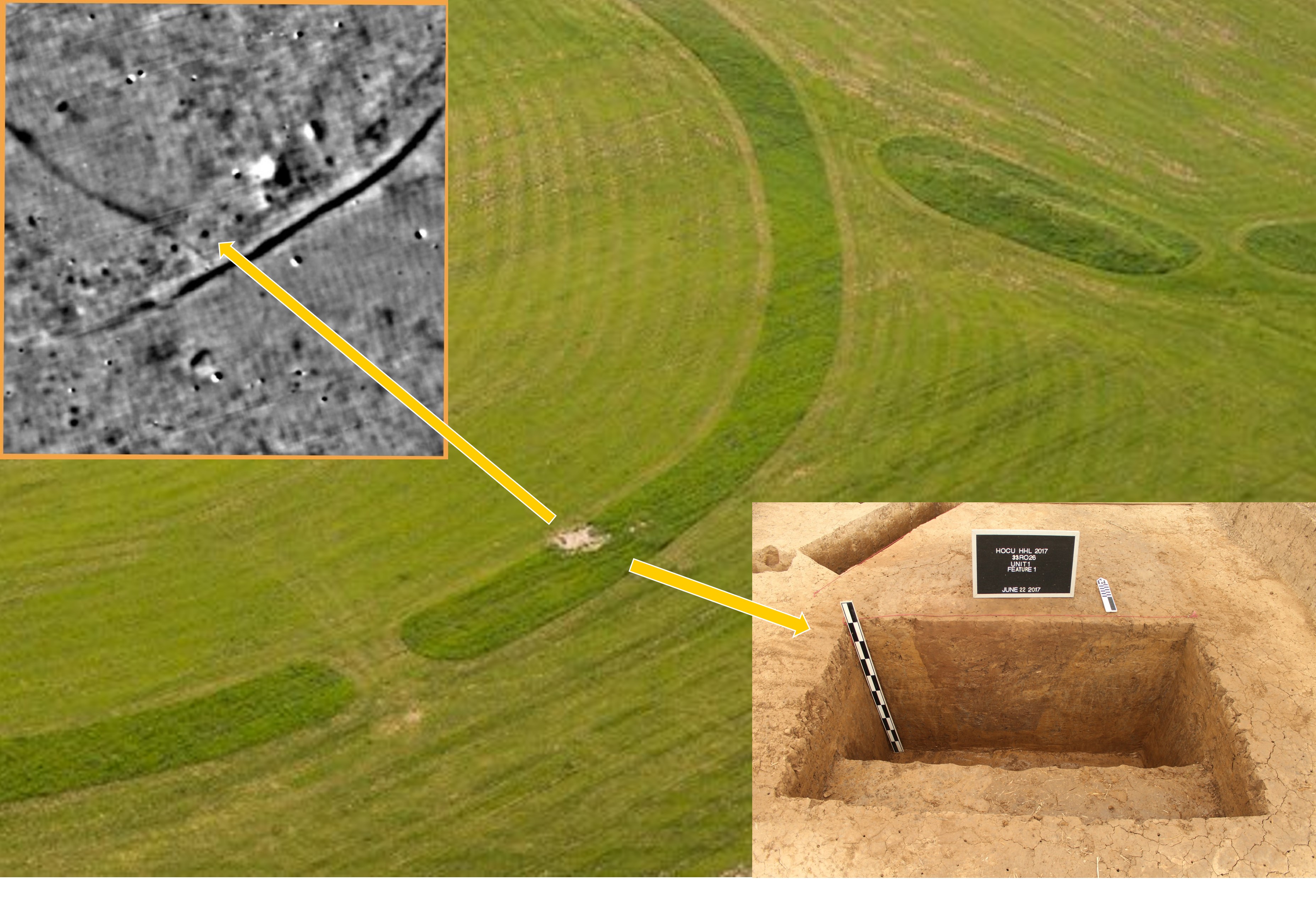
Hopeton EarthworksLocated directly across the Scioto River from Mound City Group, Hopeton Earthworks boasts a similar square-shaped earthwork as Mound City Group but it also contains a large circle attached to the square. Trails to explore the grounds are now available to visitors. 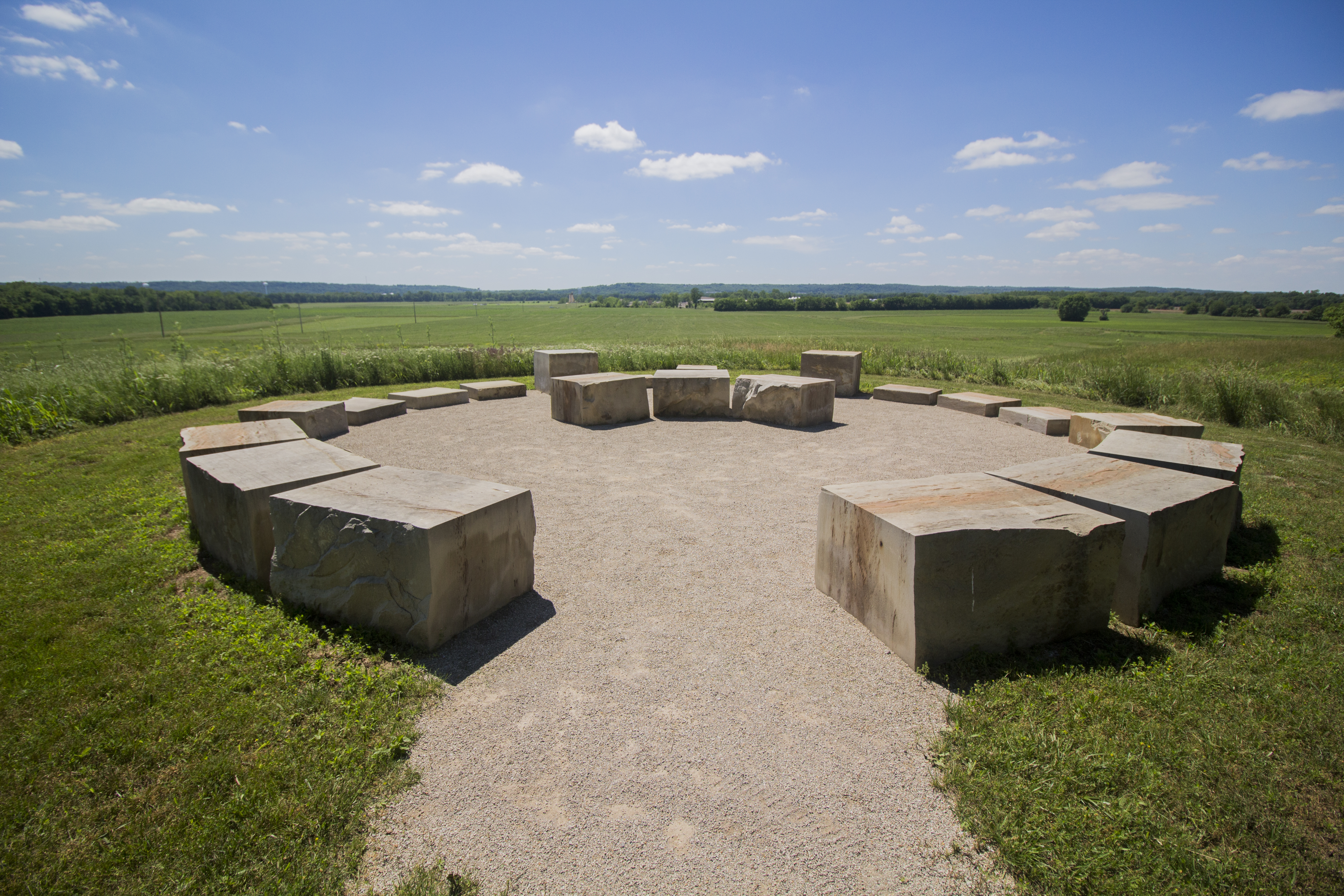
Hopeton Earthworks Trailhead
Hopeton Overlook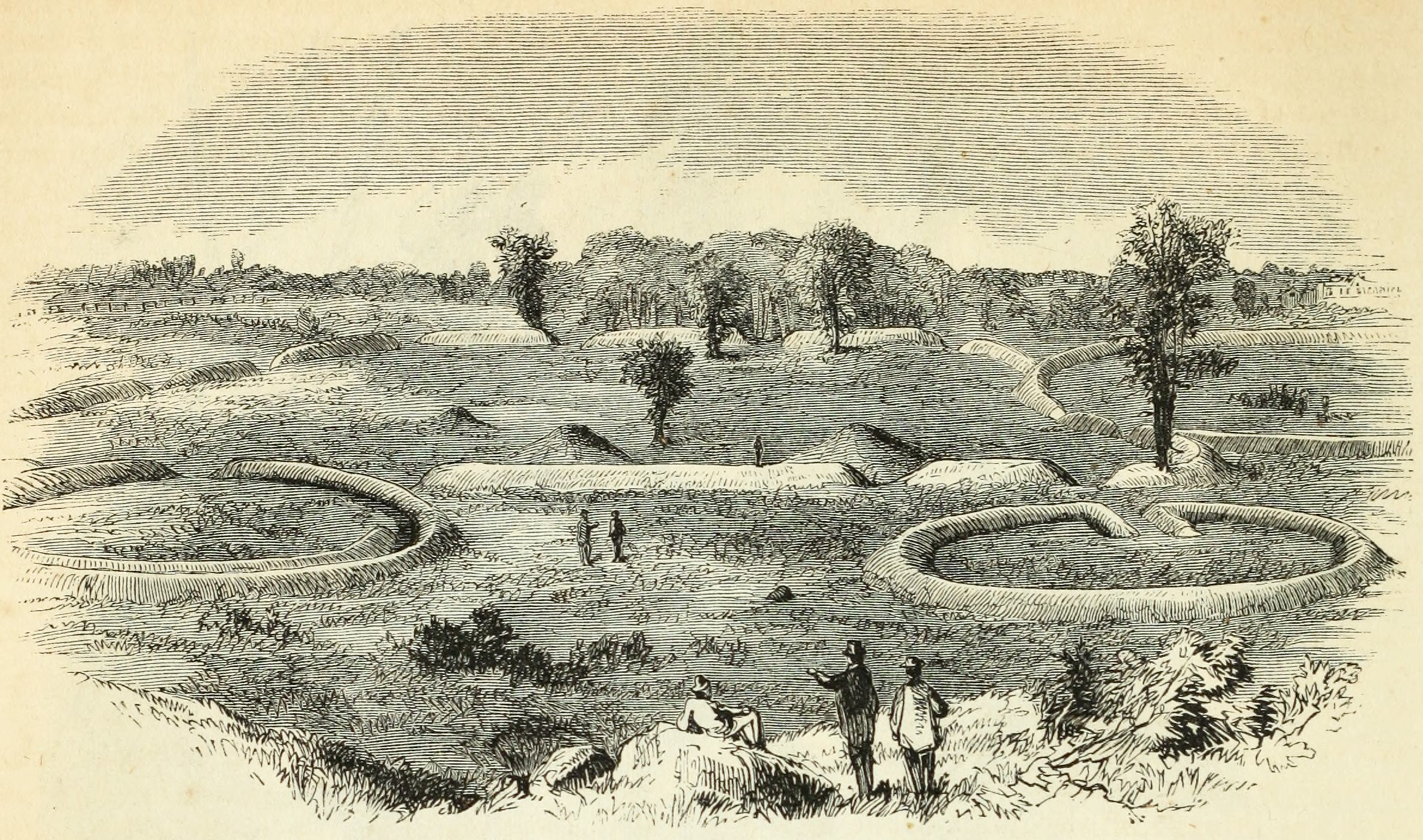
Hopeton Trench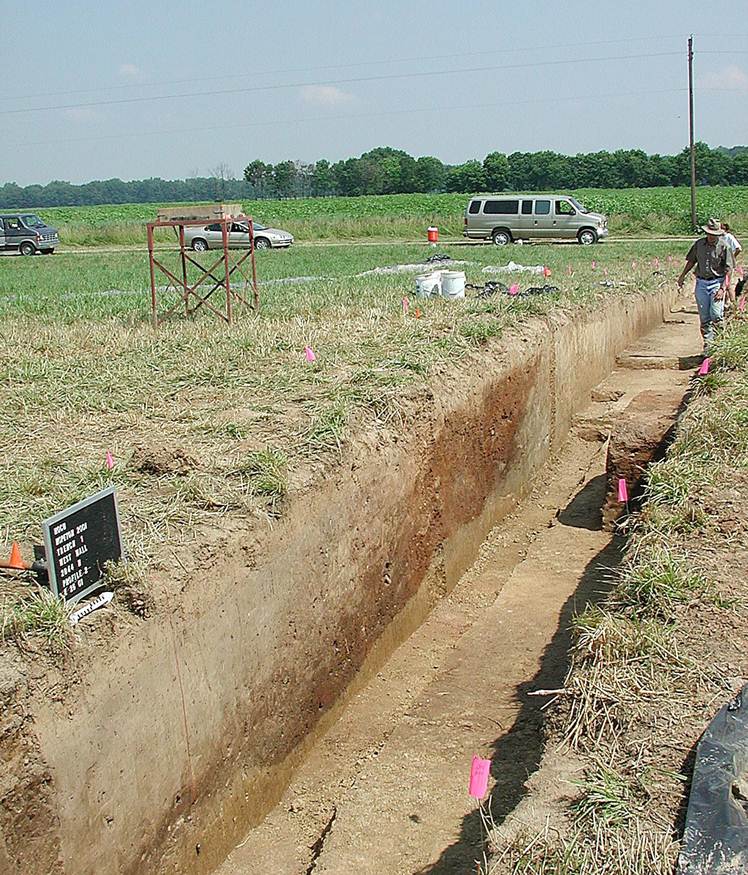
Hopewell Culture National Historical ParkLocated in south-central Ohio, Hopewell Culture National Historical Park tells the story of a prehistoric Native American culture that created enormous geometric earthworks throughout the Ohio Valley and exquisite pieces of art made out of exotic materials from faraway lands, as far as Obsidian Cliff in present-day Yellowstone National Park. 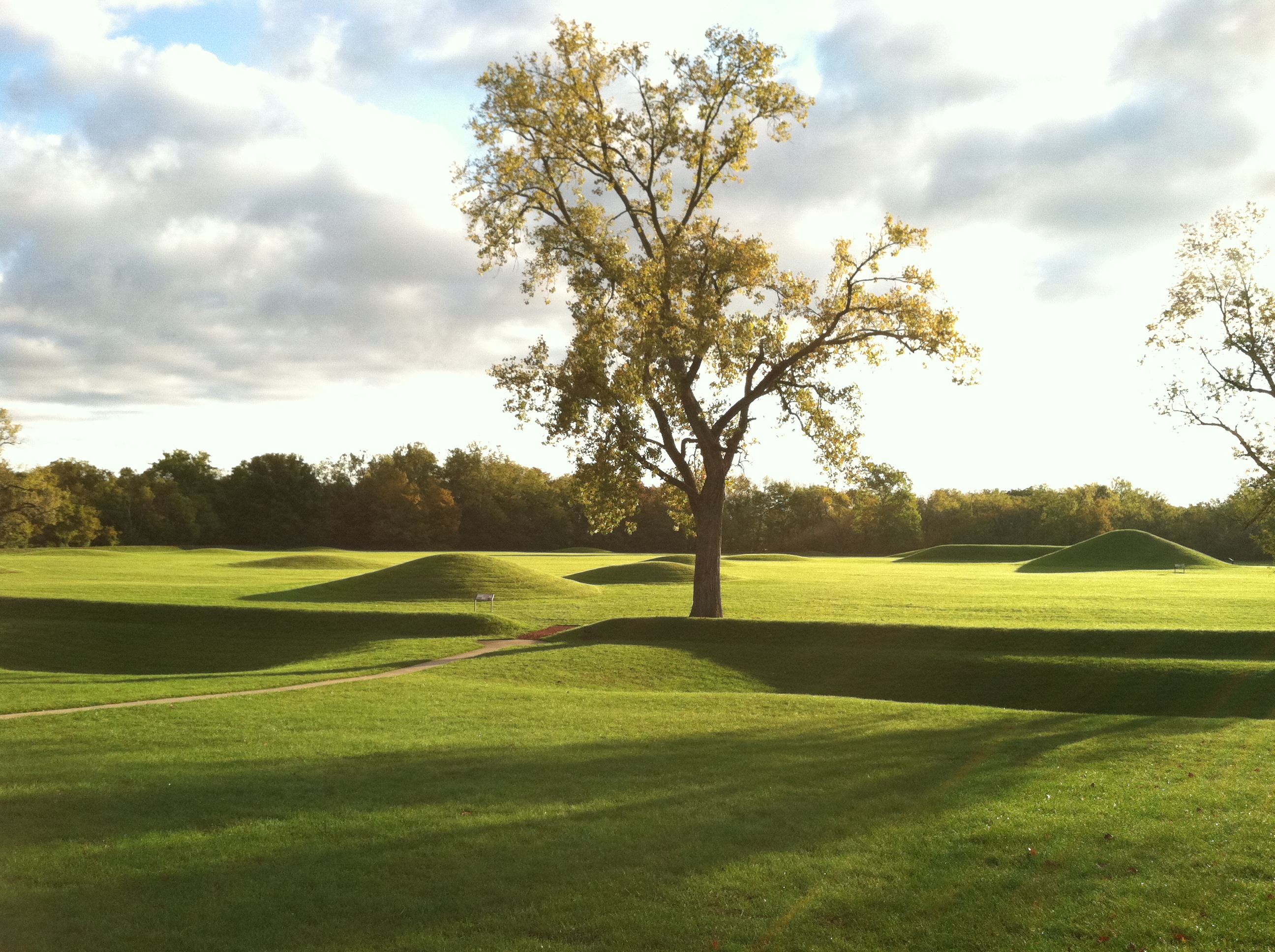
Hopewell Earthworks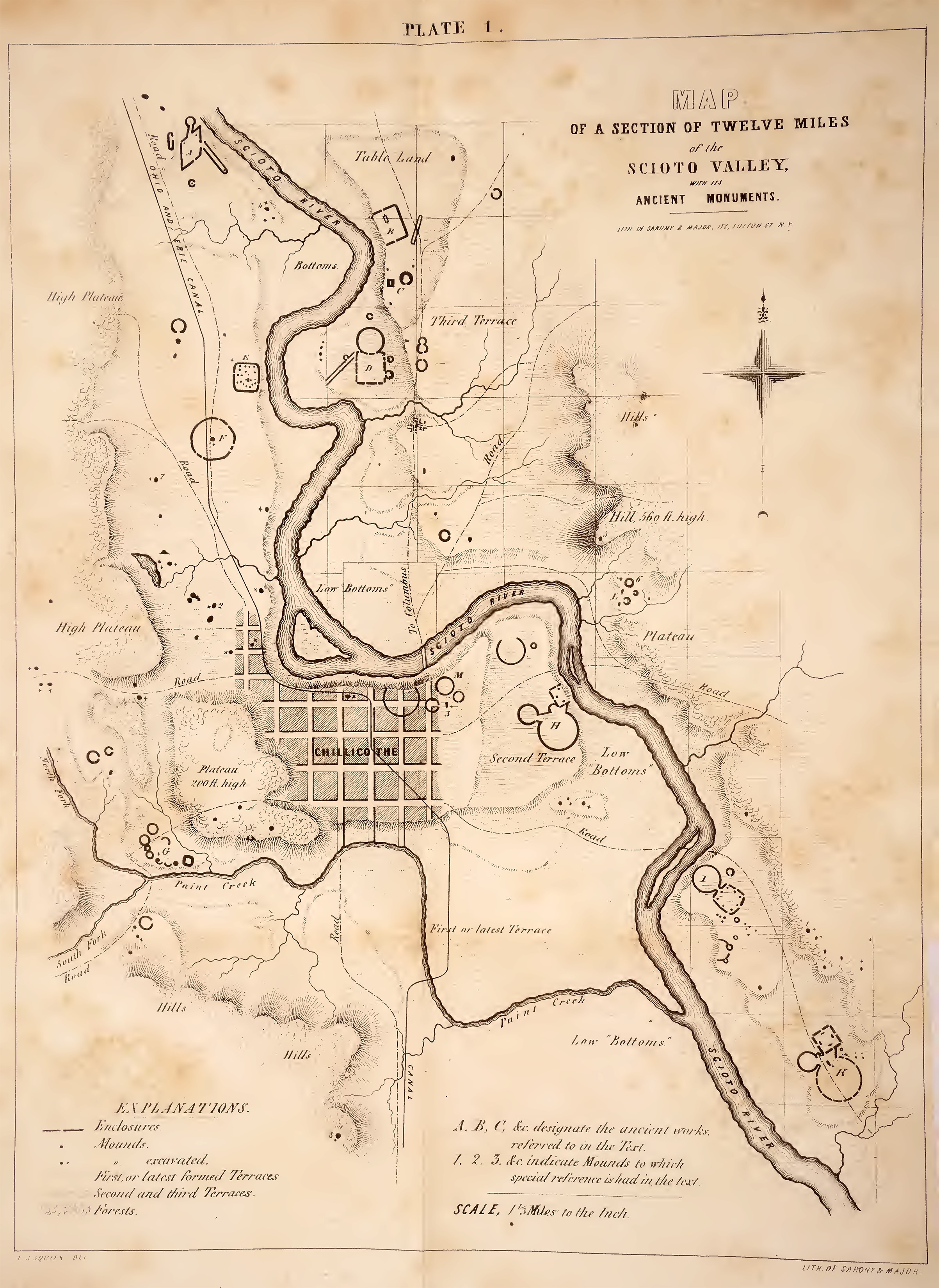
Hopewell Mound GroupThe type site of the Hopewell culture, Hopewell Mound Group is the largest Hopewell site that once contained the largest Hopewell mound ever constructed. Trails in and around the site now allows visitors to learn about the immensity of this incredible site. 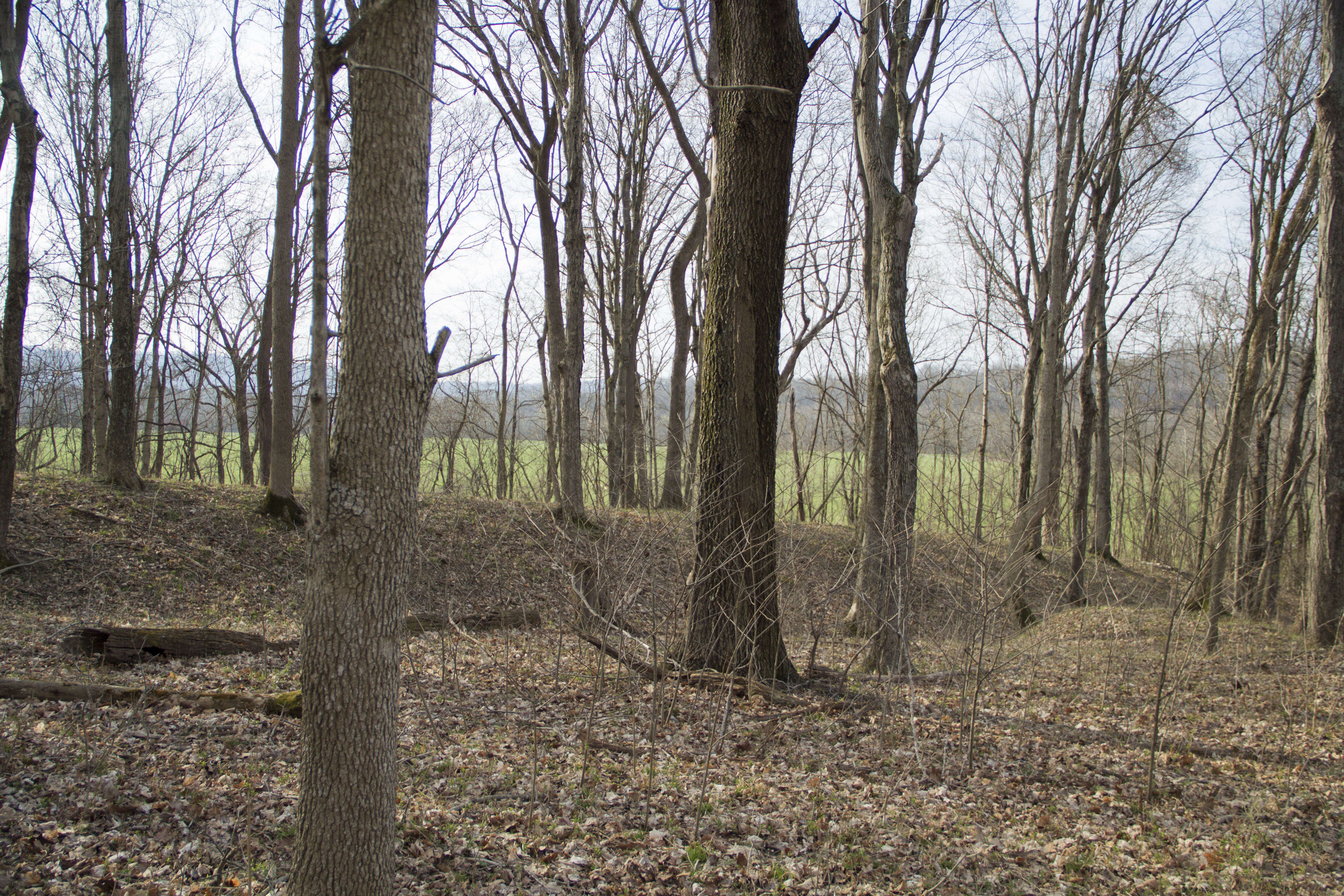
Mound City GroupMound City Group is the smallest of the Hopewell sites in Ross County, but it very well may contain the largest stories of this remarkable culture. The site is home to the park's only visitor center. Grounds are open every day from dawn to dusk while the visitor center building maintains regular hours of operation. 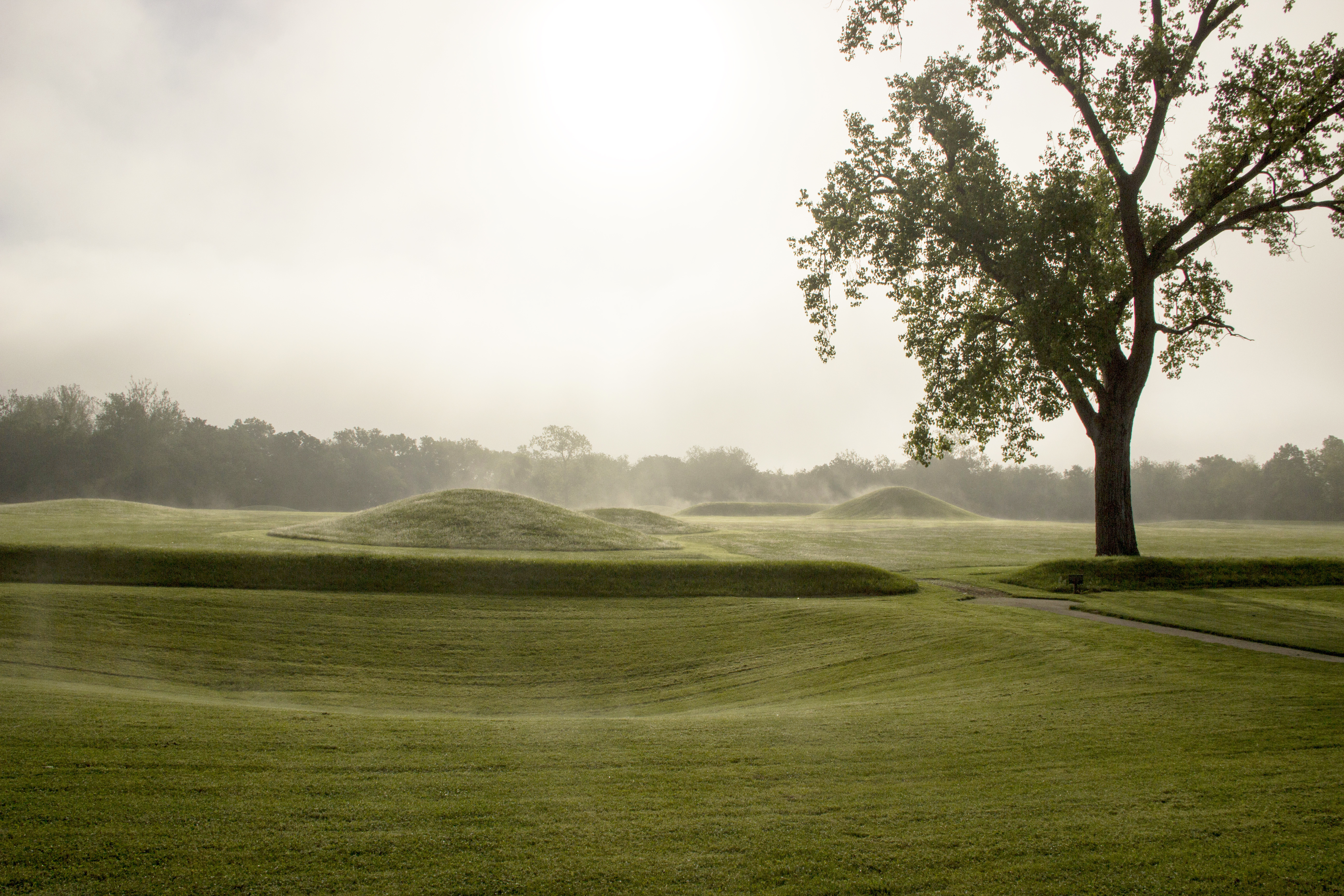
Native Grasslands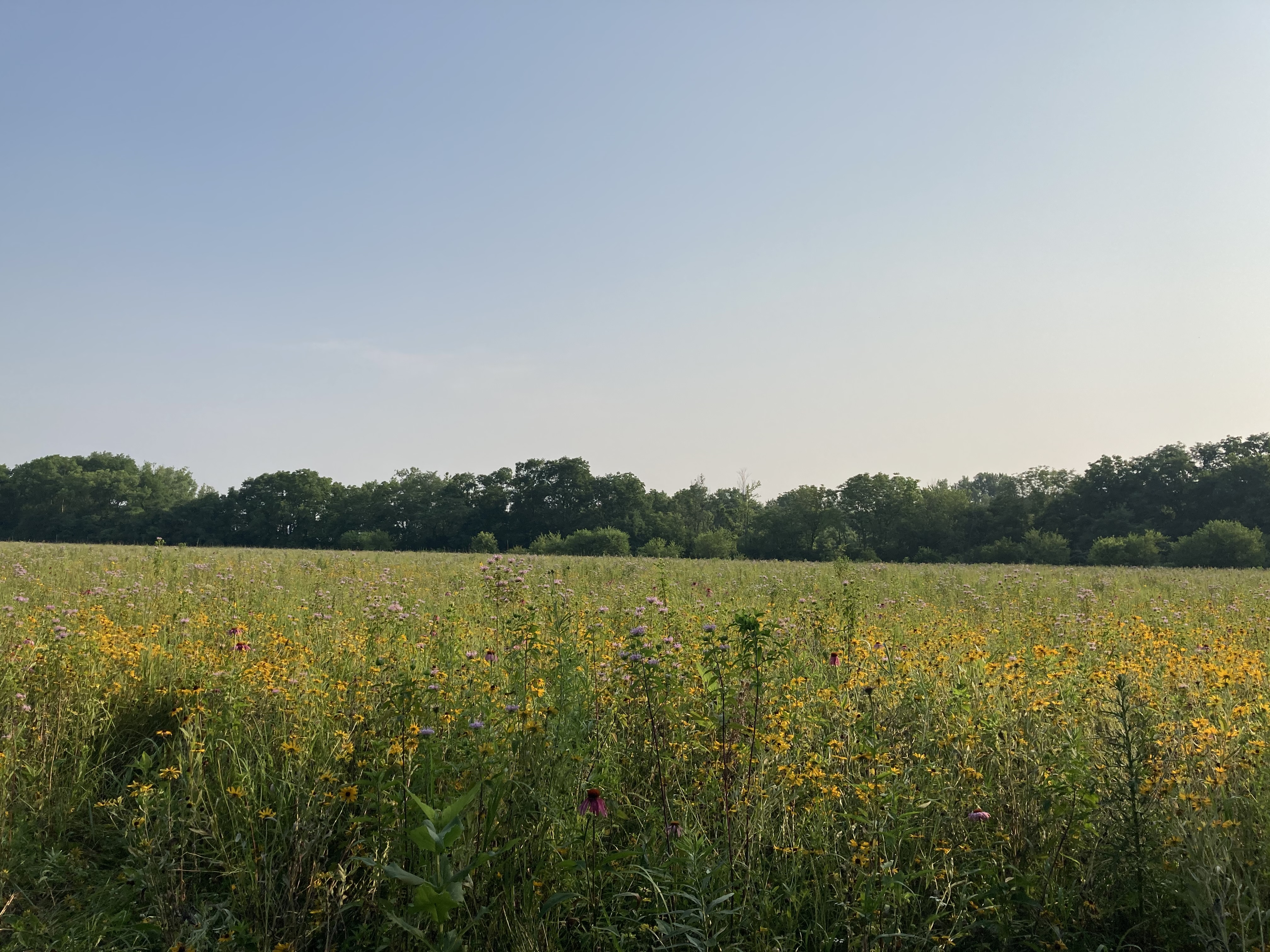
ODNR State ParksWhile the park has no camping facilities or recreational facilities, the state of Ohio offers both to visitors who are seeking campgrounds for overnight stays and recreation. 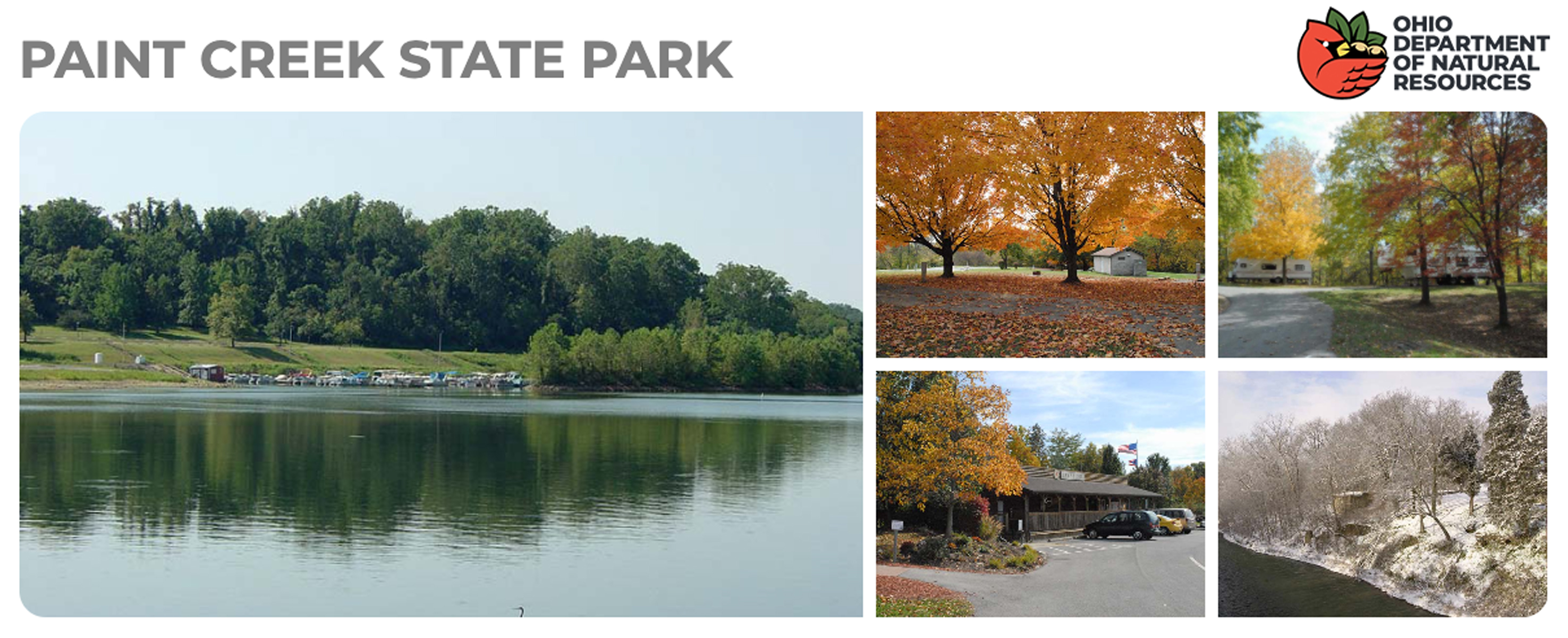
Plow Damage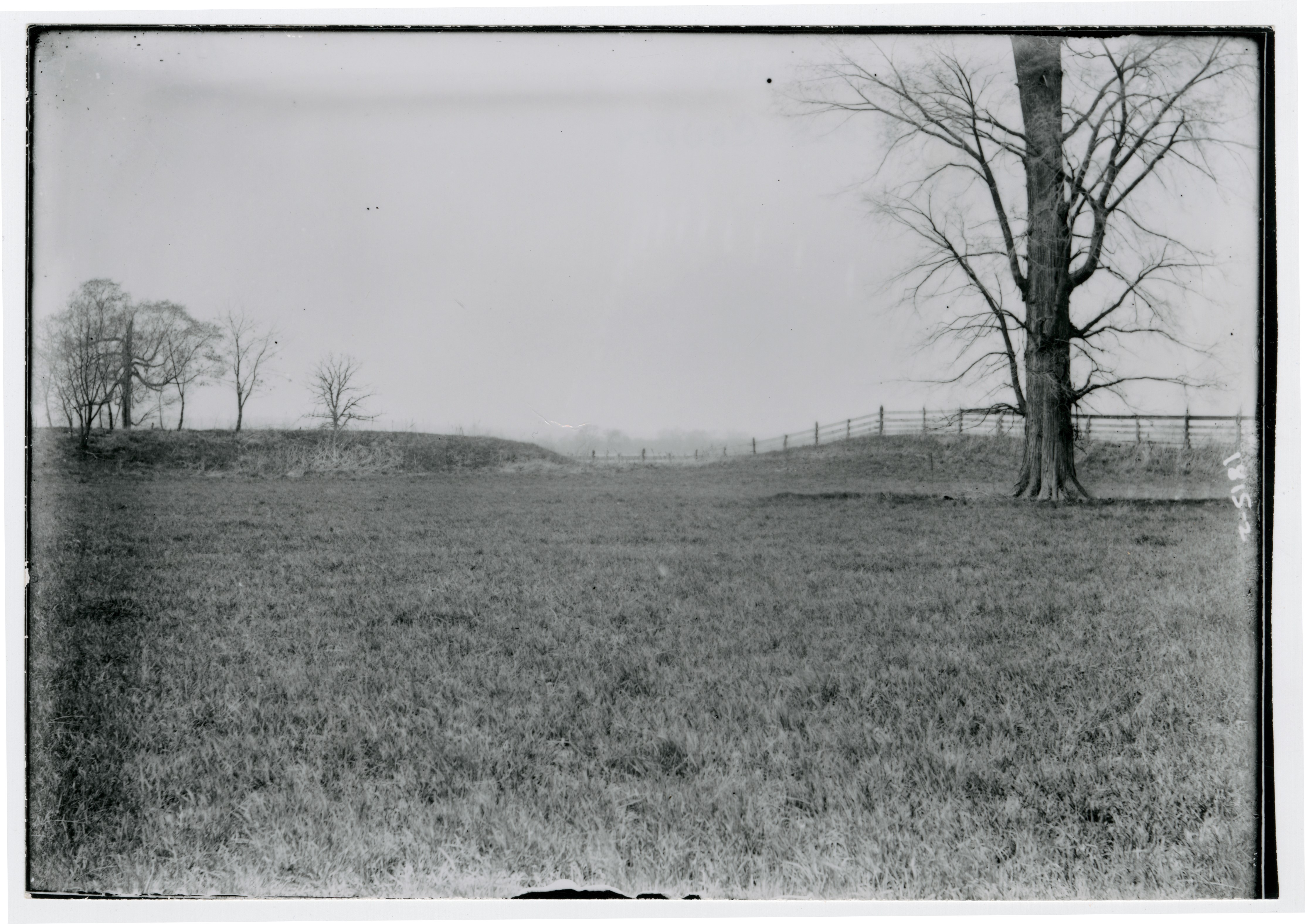
Pump House Center for the ArtsBuilt in 1883 to pump well water into a nearby reservoir, the Pump House has been transformed into a mecca of sorts for artists to display works of all kinds of art. The Pump House Center for the Arts was recognized as an important piece of history when it was placed on the National Register of Historic Places in 1979. 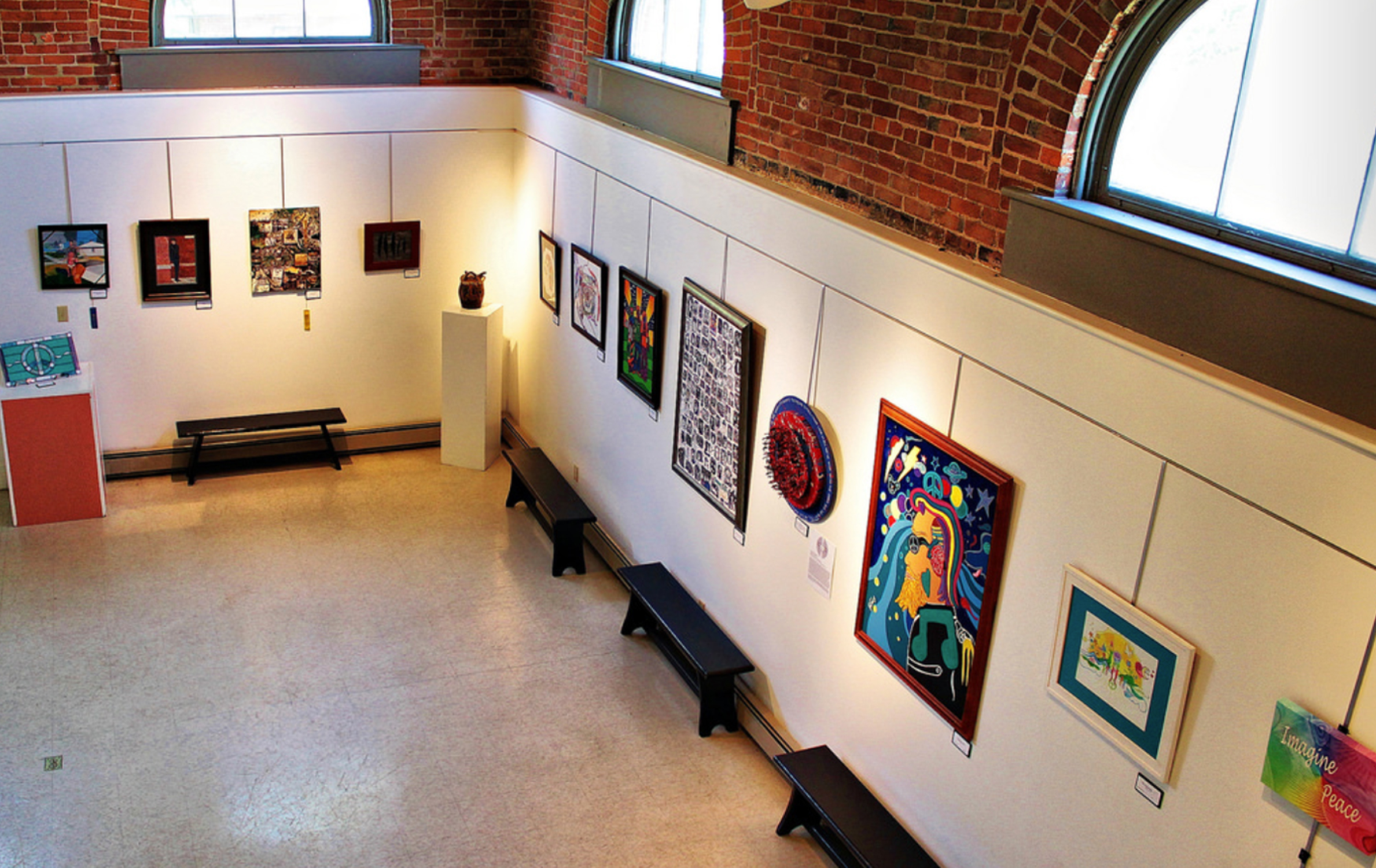
Ross County Historical SocietyThe Ross County Historical Society is a repository of Ross County historical information from some of the area's first inhabitants over 2,000 years ago, to current history-making events. 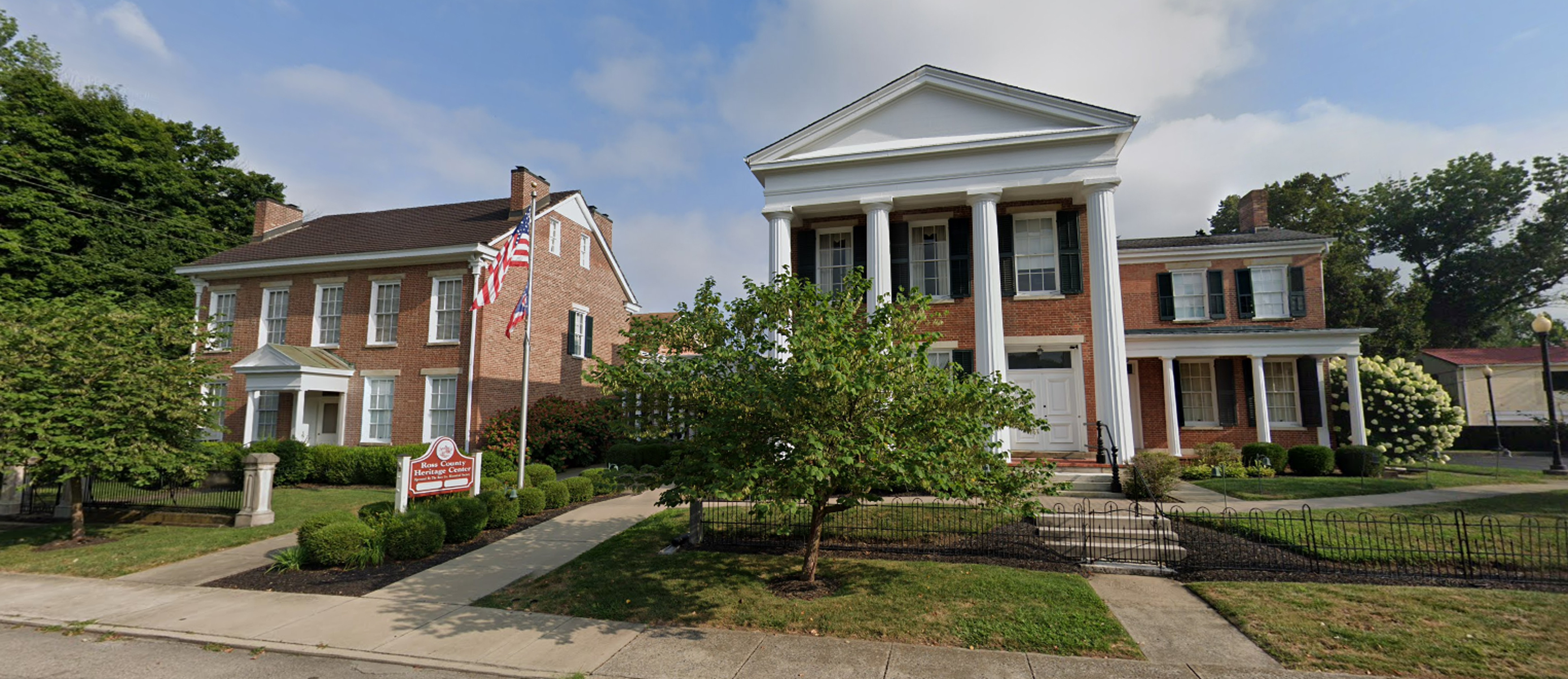
Scioto Valley Geology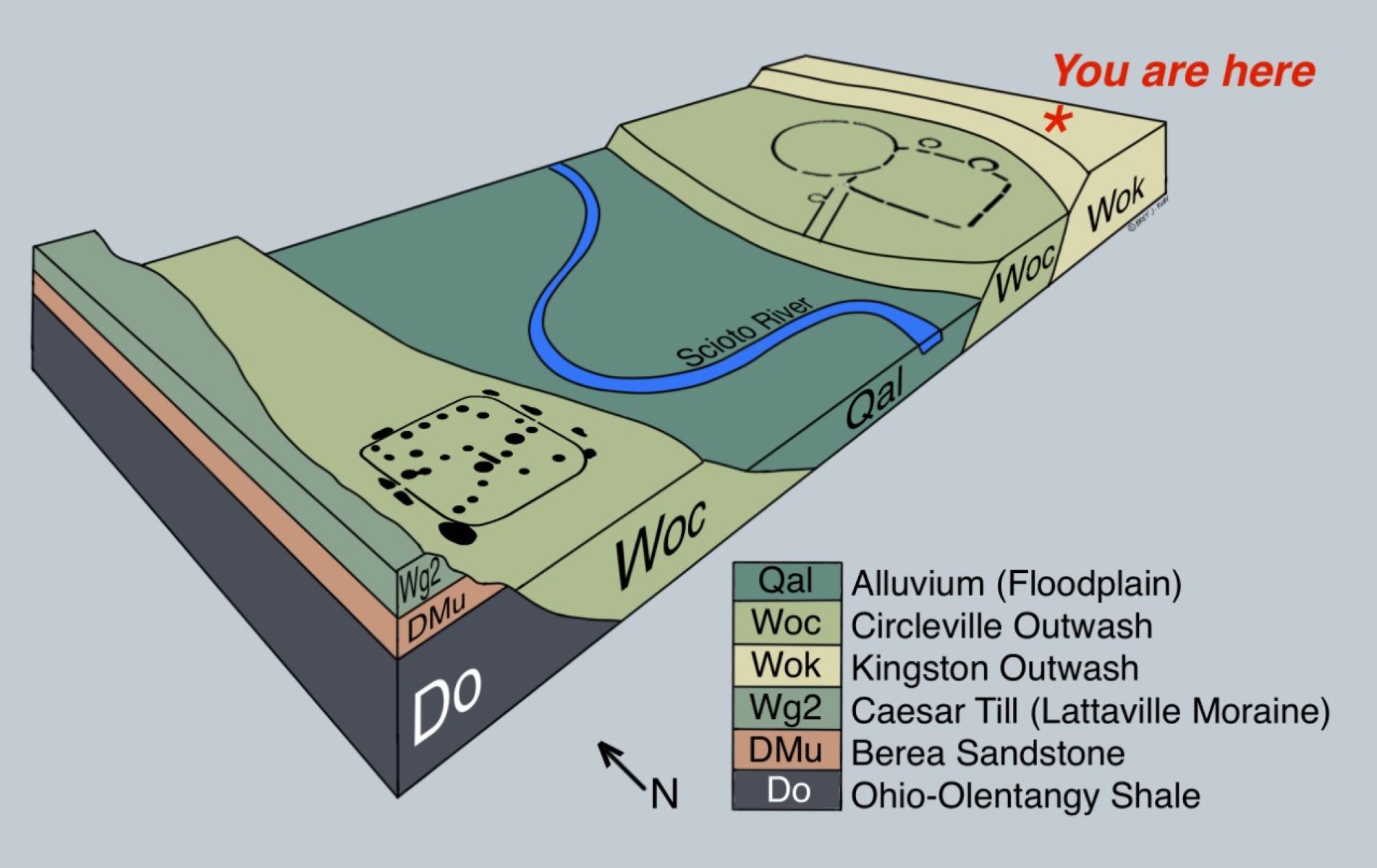
Seip EarthworksSeip Earthwoks is a geometric wonder on a grand scale that was constructed by the people of the Hopewell culture over 2,000 years ago. Explore the precise circles and square that make up this phenomenal complex and showcases Native American ingenuity. 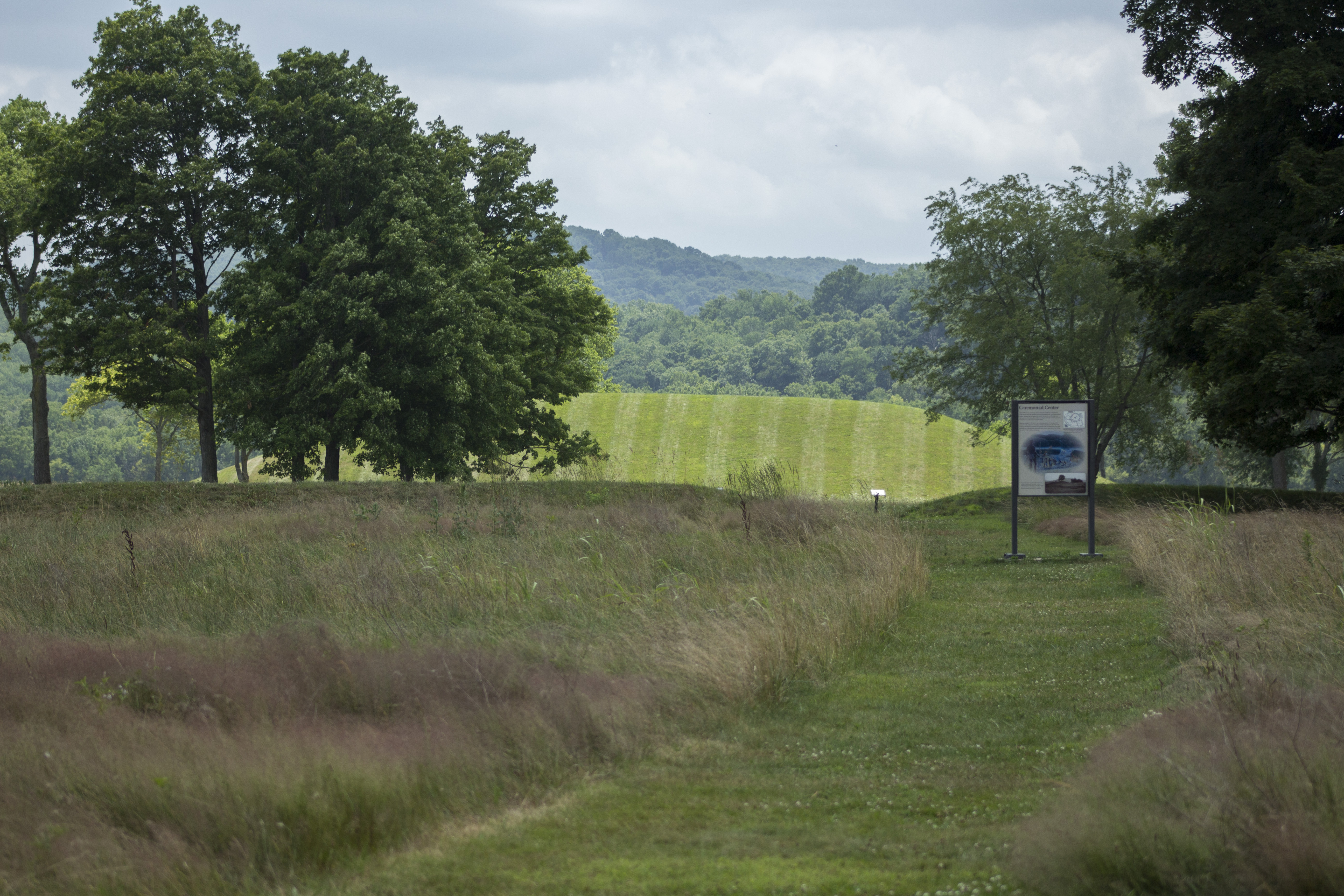
Welcome Message
|
| Visitor Centers | Count: 1
Mound City Group Visitor Center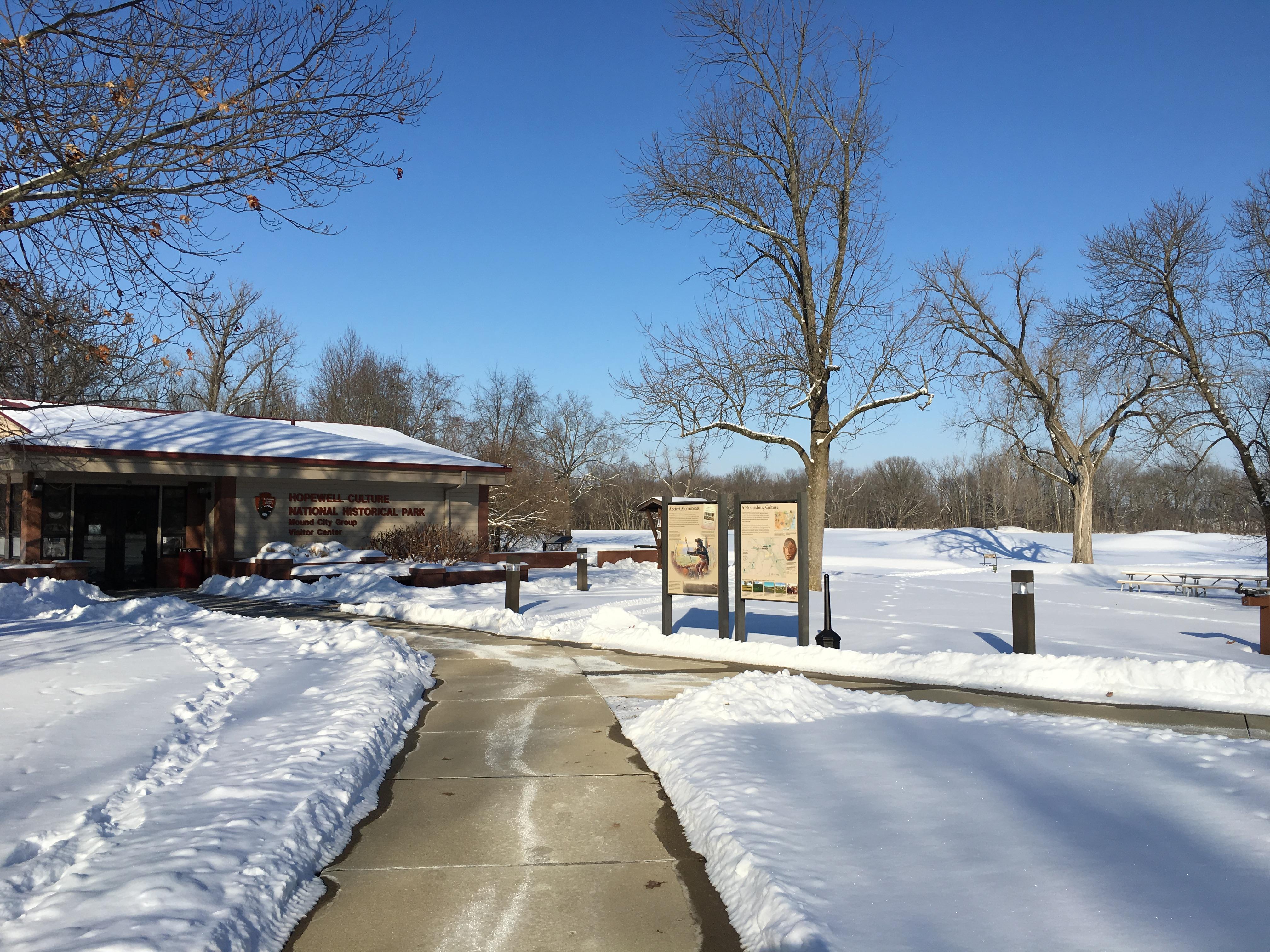
|
| Things to do | Count: 6

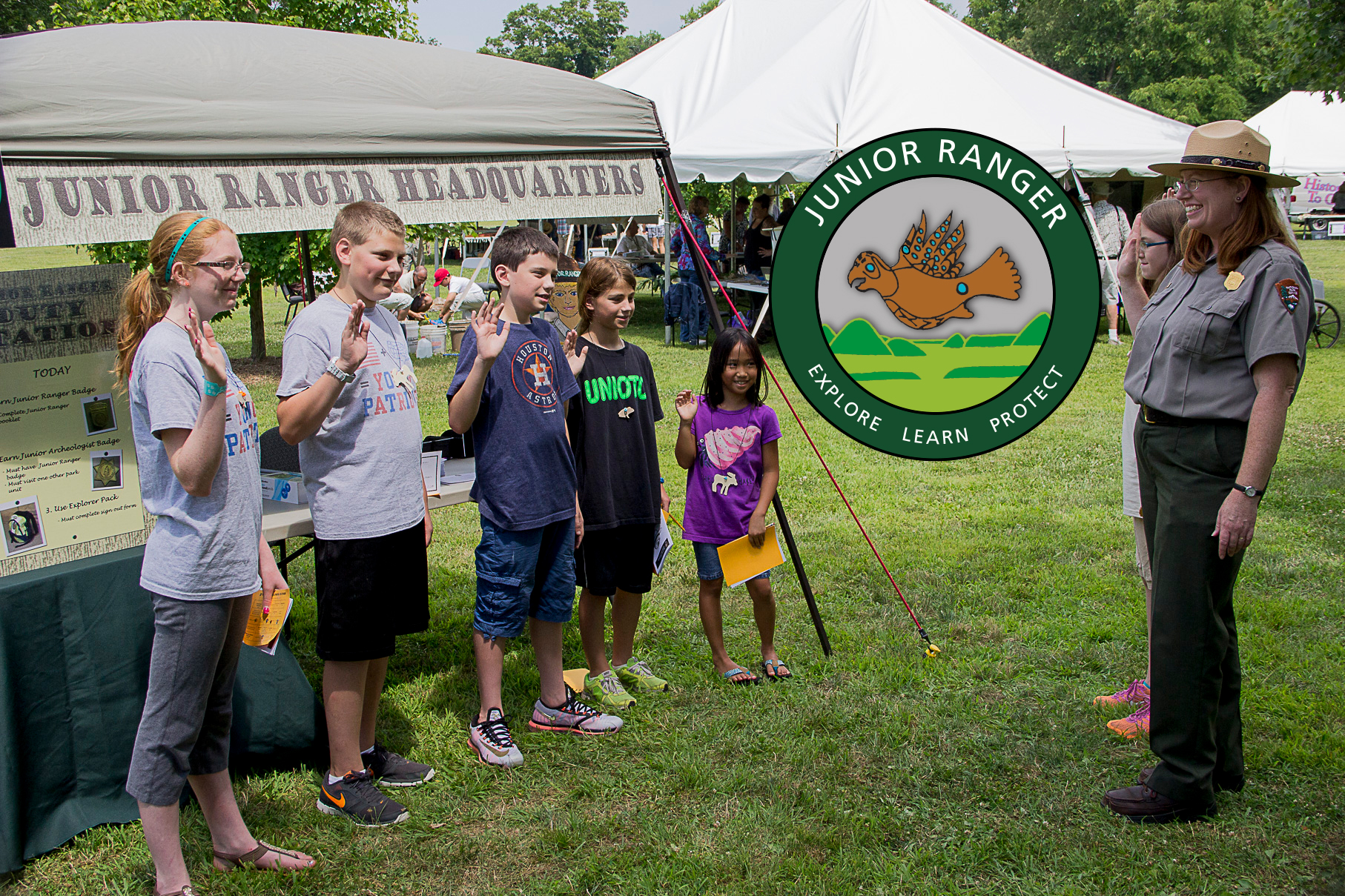
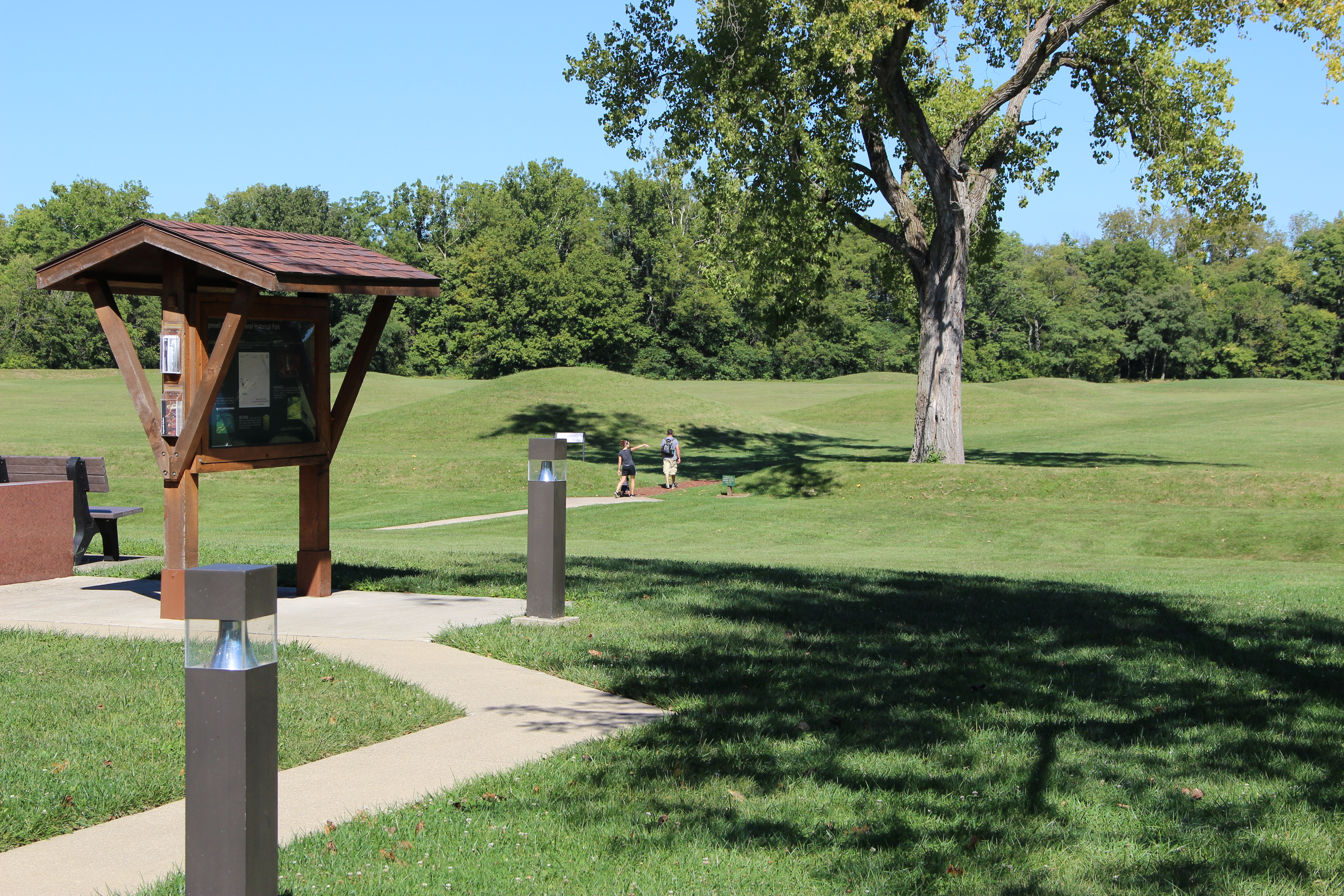
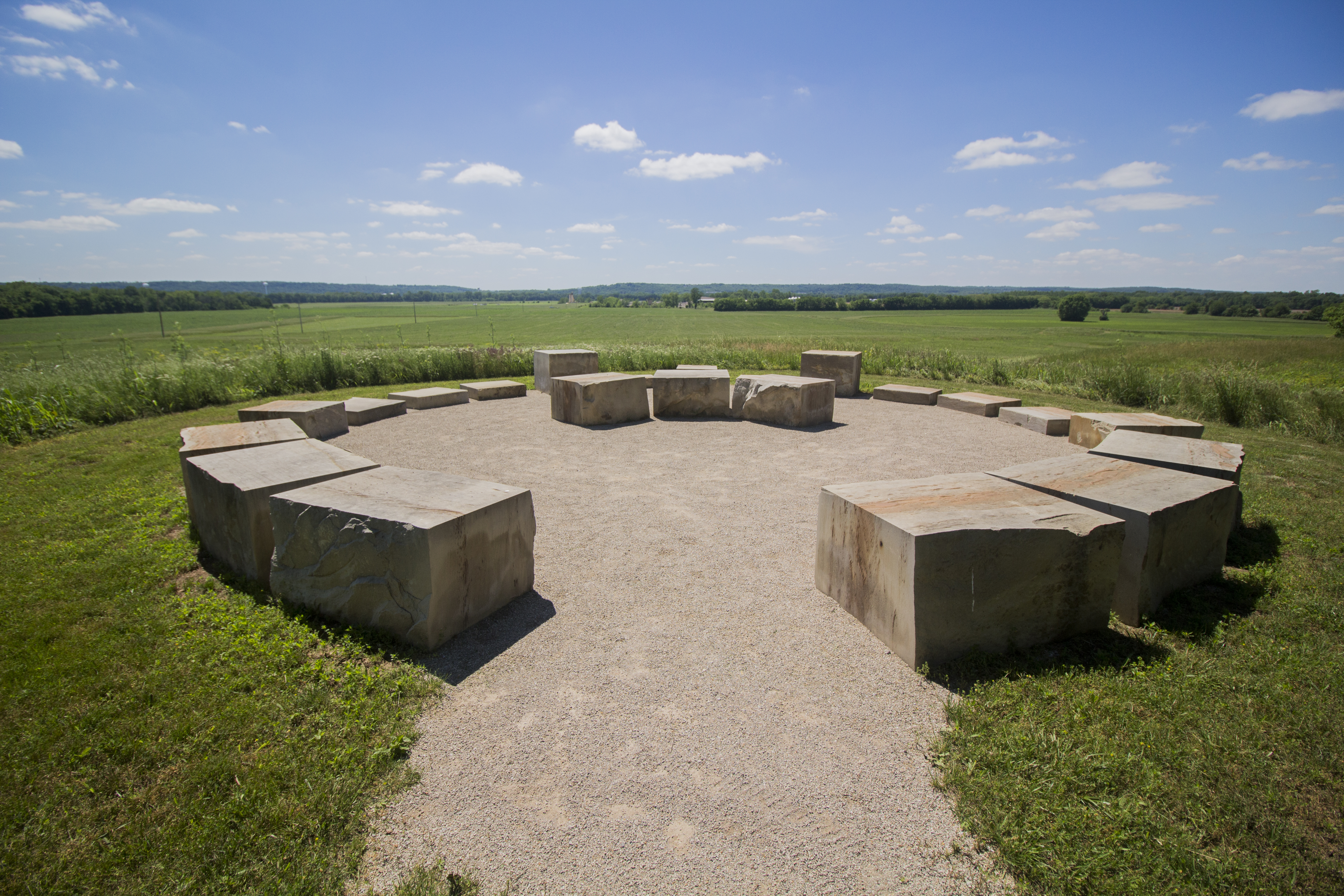
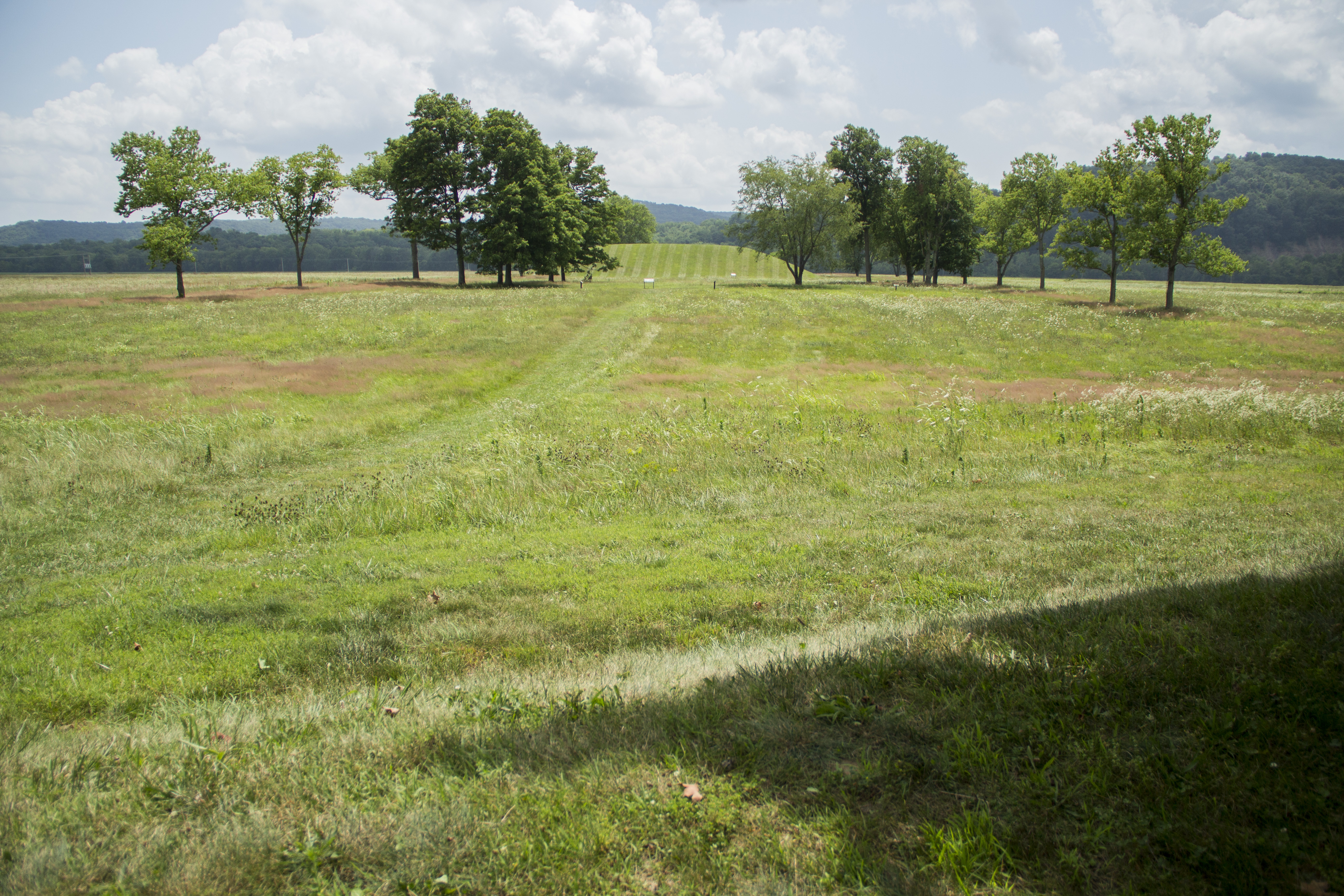
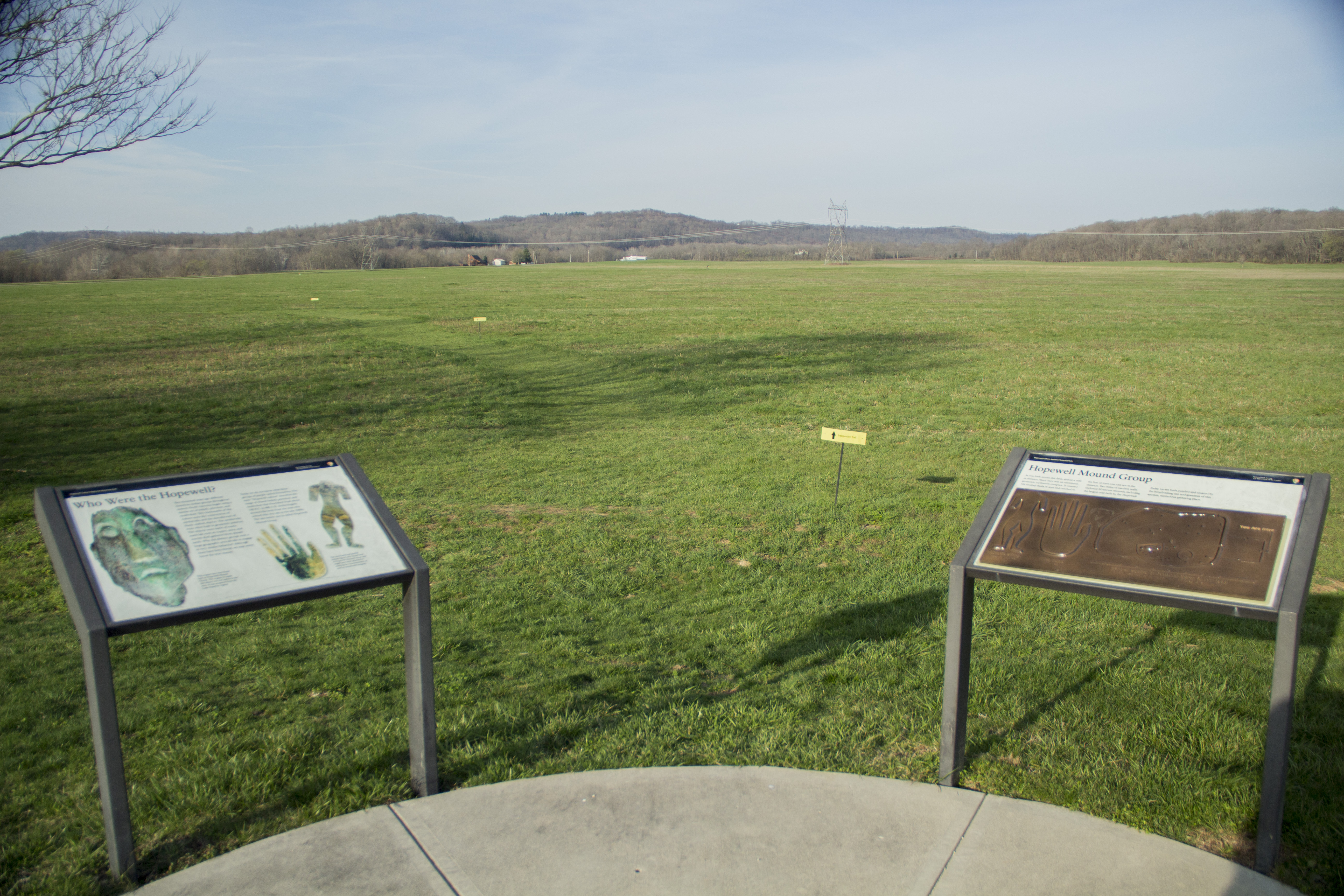
|
| Tours |
Count: 1
Hopeton Earthworks TourOn this 1.3 mile walking tour you will discover a masterpiece of monumental landscape architecture built by Native Americans as a sacred ceremonial center almost 2000 years ago. You will see remnants of earthen walls that once stood up to 12 feet tall, outlining huge geometric figures in the shape of circles, squares, and a parallel-walled avenue aligned to the winter solstice sunset. You will learn about Native peoples' connections to the plants, animals, and geology of the Scioto River valley. |
| Articles |
|